Rim wear
-
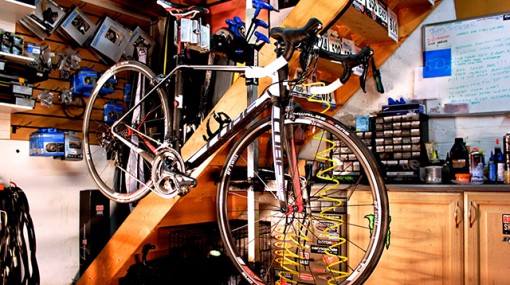
A few simple precautions can help save hundreds of pounds in replacement parts and labour costs
-
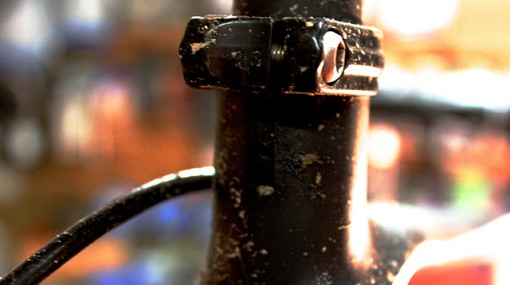
Many frames have a slot at the top of the seatpost which can fill with road grime, causing the post to become seized in the frame
-
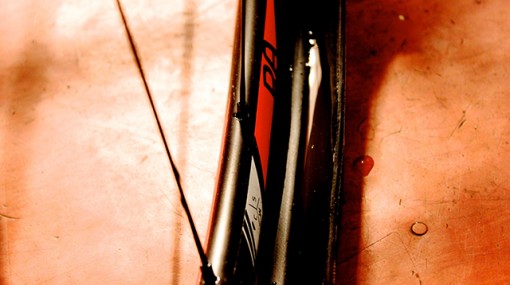
Riding through flood water can lead to water ingress through the rim's spoke holes
-

Headset bearings are inexpensive items and likely to be discarded and replaced when sufficiently worn to create 'play' in the headset. They can be serviced, however
-
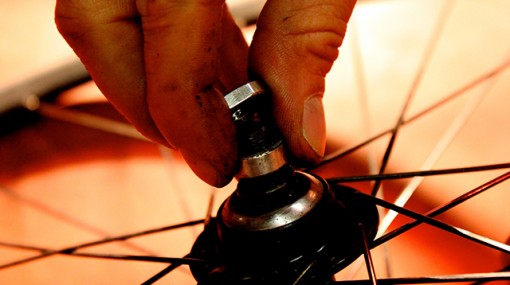
Cup and cone bearing systems are serviceable but regular maintenance is required to prevent damage to the hubshell
-
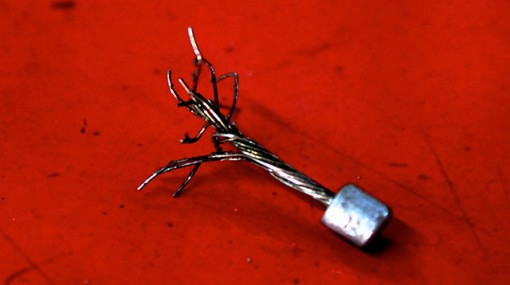
A gear cable that splits within a dual control lever can be difficult to remove and can damage the shifting mechanism
-
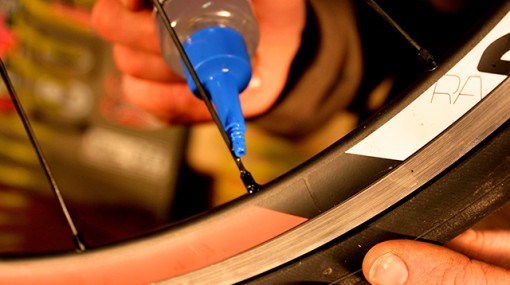
Applying a small amount of oil to the spoke nipple can help to prevent corrosion
Rim wear
Reduce brake track wear by regularly cleaning and replacing pads
Riding on excessively worn wheel rims can have fatal consequences. The next time you remove a tyre, treat yourself to a bird’s eye view of the rim and note just how thin the braking surface of the wheel can be – and be sure to look beyond the bead hook, which, while hardly the bulkiest of items, has more material than the brake track. Wheel manufacturers will include warning indicators, typically a dot or dimple in the rim, beyond which the wheel should no longer be used. The pressure of the tube can force an excessively worn rim to destruct: a highly dangerous outcome that can involve large strips of aluminium coming away from the rest of the wheel.
While all of this is sound advice, and largely self-evident, can wear to the rim be prevented? While the wear created by pad on rim cannot be eliminated, it can be slowed by regular cleaning and replacement, where necessary, of the pads. When considering replacement, it’s possible to draw a parallel with the shape taken on by a cassette when used with an excessively worn – and so elongated – chain: where surfaces rub, one takes on the shape of the other. “A flat surface on a flat surface is what you want,” Andy explains. Additionally, rims can become prematurely worn when used with pads that aren’t cleared regularly of debris – usually from the rim. “The material that comes off the rim is going somewhere, and that’s usually into your brake pads,” Andy continues. “That places metal on metal, which will speed up the wear rate.” His advice? Hook out the tiny pieces of aluminium from the brake pad.”
Additionally, applying a small drop of oil to the rim’s spoke hole, drying each carefully to prevent any from settling on the braking surface, can prevent the nipple from corroding, which ultimately can lead to a snapped spoke. If you’re concerned that oil has reached the brake track, a quick wipe over with the cleaning fluid sold for mountain bike disc brakes can be effective.





